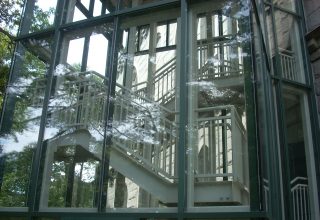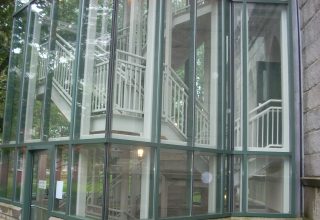
A third feature of the pendulum is the reversibility of its process. The pendulum must swing back and forth, repeatedly moving back to a space that it occupied a short time before. The pendulum, like many mechanistic systems, frequently undoes what has already been done in order for the system to remain in equilibrium and in operation. A pendulum that swings in only one direction (“to but not fro”) would soon be replaced by one that works properly. Organizations that operate like pendulums shift in one direction. They then soon correct themselves and shift back in the opposite direction. Large inventories are soon corrected by a drop in production orders. Later, production orders are increased to make up for a drop in inventory.
First and Second Order Change and Learning
In organizations that resemble pendulums, homeostasis is always preserved—eventually. The organization keeps returning to an ideal or minimally acceptable state. Homeorhesis (a Greek word referring to the tendency of organizations to return to a common pathway or style) is also preserved. Leaders of the organization oversee, review and readjust the organization’s mode of operation in order to return to a desired path, style or strategy. Time reverses itself and even restores itself as the organization returns to a previous stasis or “rhesis.” The exceptional biologist and anthropologist, Gregory Bateson speaks of this as “first order” change. In essence, a first order change is one in which people in an organization are doing more of something that they are already doing or less of something that they are already doing. They bring about first order change as a way of returning to some desired state of being (homeostasis). We spend more money on a computer system in order to reduce our customer response time to a former level. We reduce the cost of a specific product in order to restore our competitive edge in the market place. We pay our employees higher wages in order to bring back the high level of morale and productivity in the company. First order changes are always reversible, because we can go back to the drawing board and repeatedly readjust our change effort, while being directed by feedback systems that provide us with information about how we are performing relative to our standard or goal.
Download Article
















